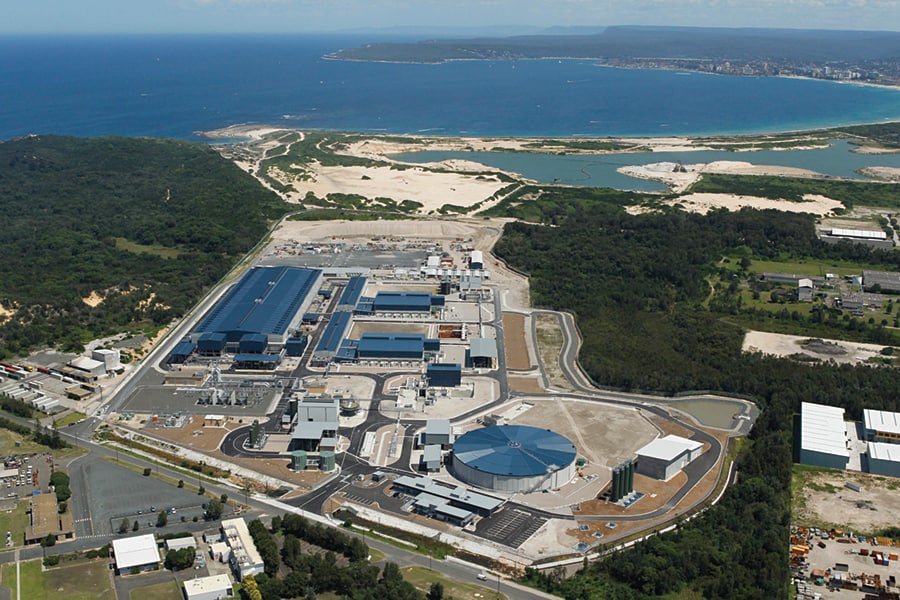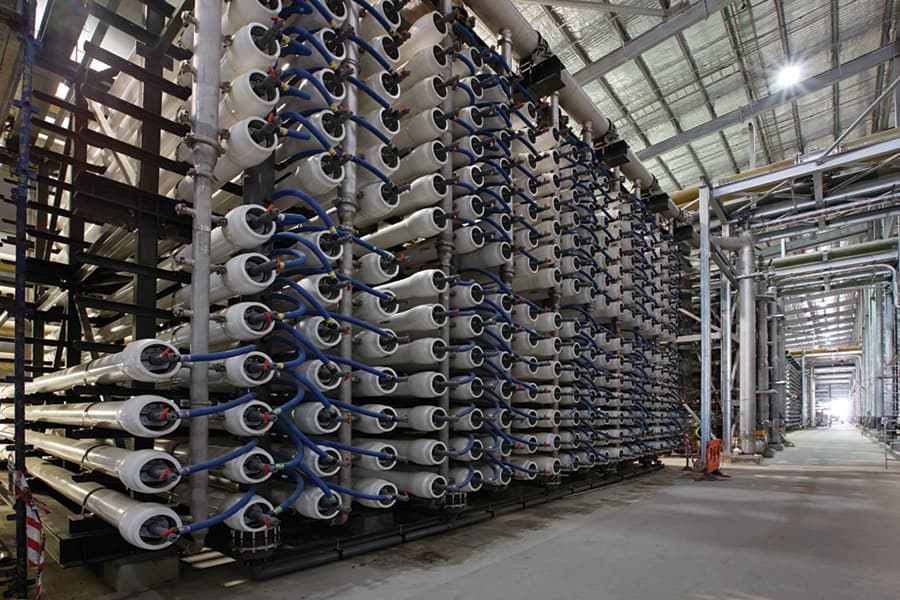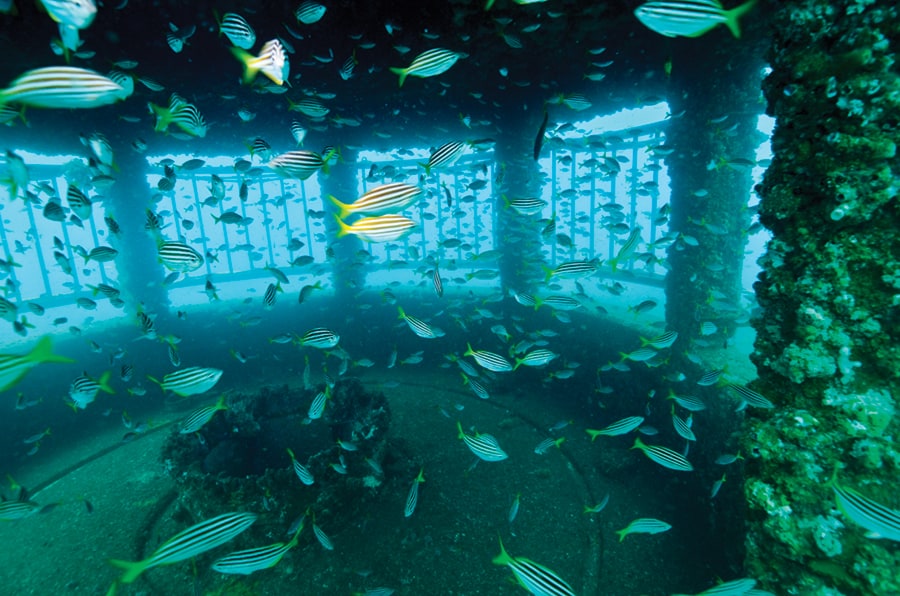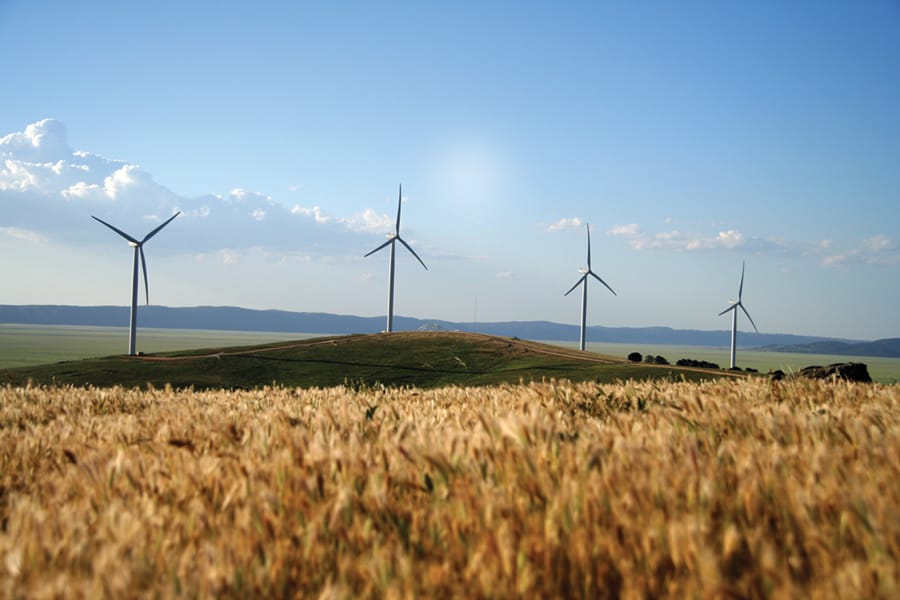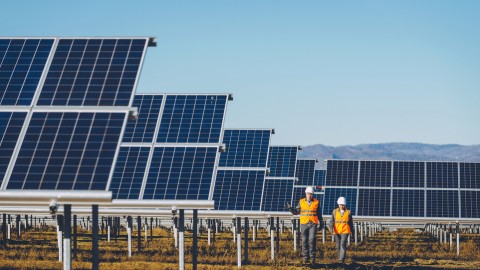Desalination plants have had a rough start to life in Australia – their critics are many and they argue that they are too expensive to build, too expensive to run and ultimately unnecessary. However Keith Davies, Chief Executive Officer of Sydney Desalination Plant, argues that on the planet’s driest continent, desalination plants are the insurance policy we simply have to have.
An investment in the future
Despite the easing of the drought conditions that inspired its construction, Keith Davies believes that the Sydney Desalination Plant is still a necessary investment in securing the city’s water supply.
The plant was constructed to improve drinking water security for Sydney. It provided drinking water to Sydney throughout its two years of operation between 2010 and 2012. In 2012, once the drought had broken and dam levels had increased, in line with Government Policy, the plant ceased operations and has been in preservation since that time.
“The construction of the Sydney Desalination Plant means that Sydney is prepared for the next drought and able to cope with increases in demand due to other factors such as population growth.”
“The Sydney Desalination Plant is an asset that provides valuable water security for Sydney. It can provide drinking water during times of shortage and has the major benefit of being independent of rainfall. Think of it as an insurance policy that can provide a safe source of drinking water when needed.”
Ready to serve
While the plant is not currently operating, it remains ready to resume its activities when its services are again needed.
“When the plant is offline we remain in care and maintenance phase to ensure that the plant will be ready when the time comes to commence operations. When the plant ceases treating water, the steps to enter the care and maintenance stage begin with capping the ocean intakes and outlets. This means that the plant can become ‘dry’ which protects and prolongs the stainless steel pipework and equipment and ensures the life of the concrete structures within the plant. The delicate reverse osmosis membranes are then put under preservation and the pipeline is disinfected and sealed. The workforce is essentially halved during this time.
“According to the operating rules set out by the government, the plant will be told to resume operations at full production when the dam levels fall below 70 per cent. Under the operating regime, the plant will then be shutdown again when the dam levels rise above 80 per cent.
“There is no way of predicting exactly what the weather will do and thus when the plant will start operating again. Our role is not to try and predict weather patterns but to make sure that we are ready whatever the weather may be. There is no certainty with the weather, but the likelihood is that demand for water will grow as population increases and the effects of changing climate means a heightened probability of future droughts. Having a means of providing safe drinking water that is not dependent on rainfall is essential for a first world city like Sydney.”
When the plant receives the order to begin operating again, a number of procedures must occur before it can begin treating water. Firstly, the caps would need to be removed to get seawater flowing into the plant. The membranes would need to be taken out of preservation. Recruitment of staff would occur and the pipeline would need to be disinfected. Once we are told to commence operations we anticipate it will take up to eight months to be ready to produce water. We will be pulling out all stops to beat this deadline.”
Hitting back at the critics
Mr Davies is also keen to address some common criticisms of the plant.
“A common misconception about the Sydney Desalination Plant is that the water it produces is expensive. In fact, the cost of producing desalinated water is around one tenth of a cent per litre. Compare this to around two dollars for a 600ml bottle of water that you would buy at the shops and it is not expensive at all especially when supplies from surface water dwindle. It is also important to remember that due to regulated and transparent pricing the cost is the same under private ownership as it was under government ownership.
“Another concern that some people have about desalination is the amount of energy consumption. The energy used by the Sydney Desalination Plant is 100 per cent offset by wind energy from the Capital Hill Wind Farm and is therefore carbon neutral. The energy used to produce enough desalinated water to supply one household is about the same as the energy used to run the average household fridge.”
Desalination is here to stay
While all of Australia’s eastern seaboard desalination plants have had a somewhat controversial start to life, one thing we can be certain of is that with the investment that has already gone into the infrastructure and the benefits they bring to water security, they are here to stay.
While water supplies across Australia are currently secure, it would be foolish to think that this will remain the case in the years and decades to come. As Keith argues, desalination is the insurance policy for security we simply have to have – he might find he has more people agreeing with him the next time our water storage levels drop below critical levels, as they no doubt one day will.


